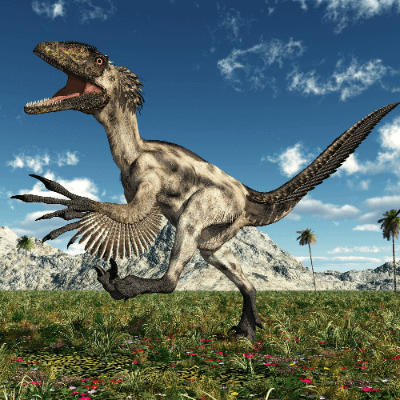
- Species Type: Deinonychus antirrhopus
- Type of Dinosaur: Dromaeosaurid theropod
- Period: Early Cretaceous
- Diet: Meat (carnivorous)
- Length: Up to 11 feet
- Weight: Up to 220 pounds
- First Discovered: 1931
21 Deinonychus Facts for Kids
- The Deinonychus was discovered by American paleontologist Barnum (Mr. Bones) Brown in 1931.
- The Deinonychus was first discovered in the Cloverly Formation in North America.
- The Deinonychus got its scientific name Deinonychus antirrhopus in 1969, from John Ostrom.
- The name Deinonychus means: “Terrible Claw”.
- The name Deinonychus is pronounced: “dye-NON-ik-us”.
- The Deinonychus was part of a group of dinosaurs known as dromaeosaurid theropods.
- Dromaeosaurids were a group of dinosaurs that had features, which means Deinonychus had feathers.
- Deinonychus lived during the Early Cretaceous Period, between 115 and 108 million years ago.
- Paleontologists have confirmed recovered Deinonychus specimens in the Cloverly Formation, Cedar Mountain Formation and Antlers Formation.
- Paleontologists only recognize one species of Deinonychus and that is Deinonychus antirrhopus.
- The type specimen for the Deinonychus is specimen YPM 5205.
- The Deinonychus was a carnivore that ate meat.
- Estimates put the length of a Deinonychus up to 11 feet.
- Estimates put the weight of a Deinonychus up to 220 pounds.
- Estimates put the bite force of a Deinonychus between 900 and 1,800 pounds (pound-force).
- Paleontologists haven’t found any evidence that supports the Deinonychus hunting in packs.
- The Deinonychus is most recognizable by the large talon found on the second toe of each hind foot.
- Paleontologists believe the Deinonychus had around 60 teeth in its mouth.
- The Deinonychus is in the same family as the Velociraptor.
- In 2015, a research paper suggested that young Deinonychus might have been capable of some form of flight.
- The belief that birds are descendants of dinosaurs was help supported by studies done on the Deinonychus.
Deinonychus Pictures
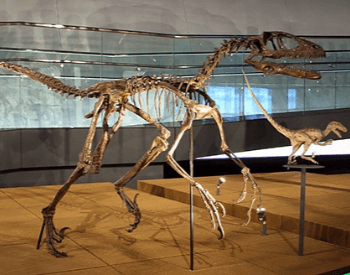
A picture of a Deinonychus museum exhibit.Credit: Unknown
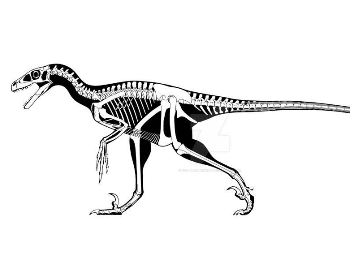
An illustration of a Deinonychus skeleton.Credit: Scott Hartman
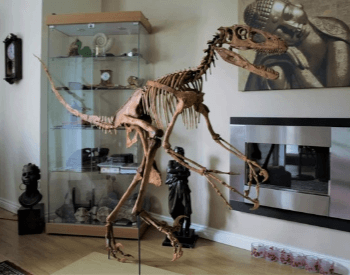
A picture of a Deinonychus skeleton replica.Credit: Triassica
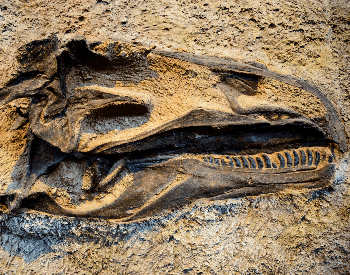
A picture of a Deinonychu skull in rock.Credit: Ghetty Images
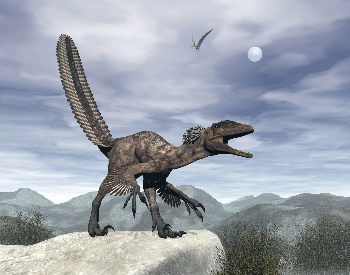
A picture of a Deinonychu on a cliff.Credit: Ghetty Images
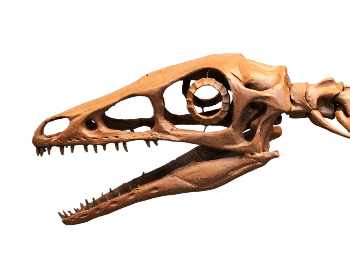
A picture of a Deinonychu skull in 3D.Credit: Ghetty Images
Additional Resources on Deinonychus
- Deinonychus – Natural History Museum UK – Discover more facts about the Deinonychus on the UK Natural History Museum website.
- Learn about the Dromaeosauridae – Learn about Dromaeosauridae on the Berkeley University website.
- Deinonychus – Wikipedia – Find more cool facts about the Deinonychus on the Wikipedia website.
